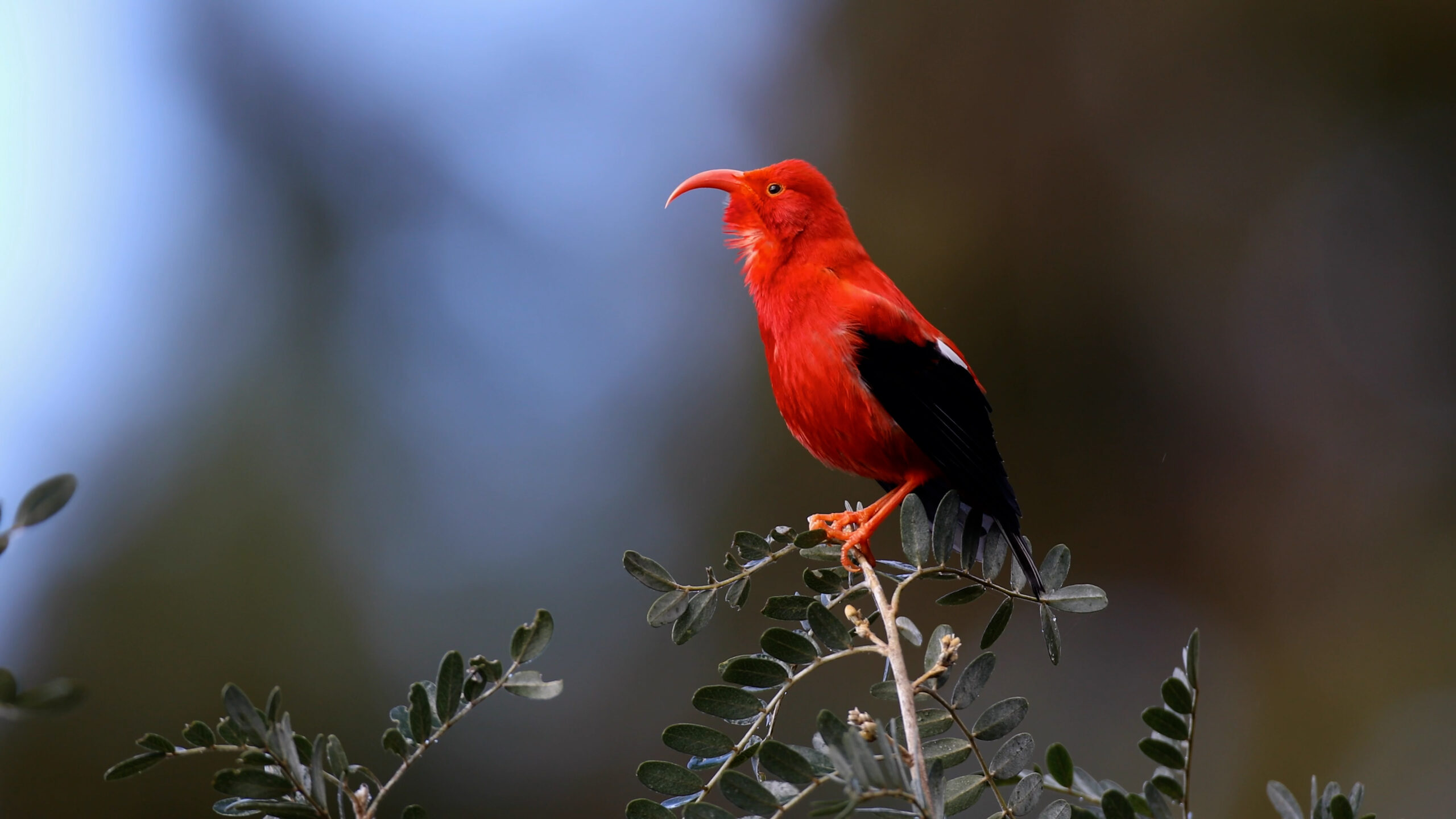Hawaiian honeycreepers are a group of songbirds endemic to the Hawaiian islands, all descended from a single species that arrived from the mainland six to seven million years ago. They are considered a dramatic example of adaptive radiation, a phenomenon in which a single species rapidly diversifies into many different ones. At one point, there were more than 50 different honeycreeper species on the islands, each sporting its own unique coloration, beak shape, and diets.
Unfortunately, when humans first arrived in Hawaii about 1000 years ago, they brought threats like invasive species and disease, and settlements encroached on pristine bird habitat. Since they evolved in isolation, honeycreepers had few defenses against these new dangers. Many went extinct. Today, only 17 species of honeycreepers remain.
The Wild Hope episode Birds on the Brink follows a group of conservationists developing tools to combat major threats like avian malaria — and save the last of the honeycreepers.
